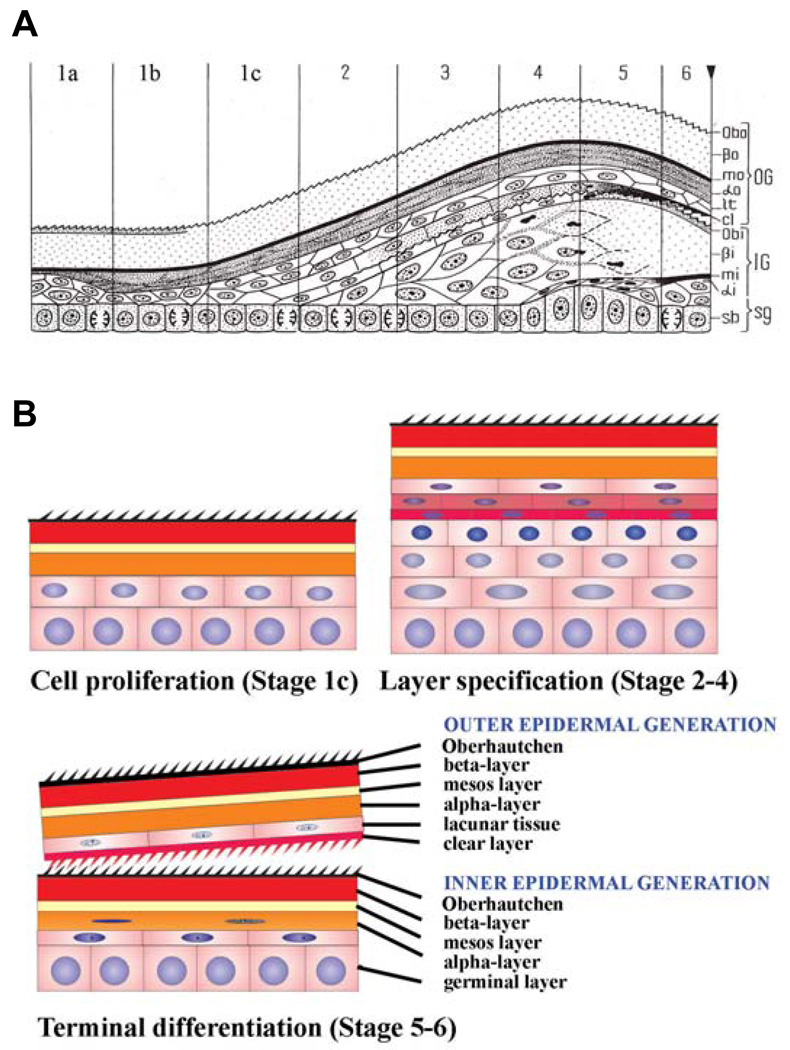Fig 8. Growth, proliferation, differentiation and shedding cycling in anole scales.
(A) Schematic drawing showing the histological changes in the epidermis of squamates. The multi-layered epidermis can be divided into two phases of the sloughing cycle. The resting phase is represented by stage 1, which can be further divided into immediate post-shedding phase (1a), the perfect resting phase (1b) and the pre-renewal phase (1c). The renewal phase consists of a series of stages with new layers being formed and specified. Depending on the layers present, they are divided into stage 2 through stage 6. The outer generation (OG) consists of Obo (Oberhäutchen), βo (β-layer), mo (mesos layer), αo (α-layer), lt (lacunar tissue) and cl (clear layer). The new inner generation (IG) comprises Obi (Oberhäutchen), βi (β-layer), mi (mesos layer), αi (a partially formed α-layer). sg, germinal layer; sb, stratum basale. At the right side, the reverse triangle at the end of stage 6 marks the time of shedding. Panel A is from Landmann, 1986. (B) Schematic drawing to show the three major cellular events. Cell proliferation occurs in stage 1c. Specification and initial differentiation of different epidermal layers takes place from stage 2 to stage 4. Terminal differentiation occurs in stages 5 and 6.

